In 2012, I visited Auschwitz. One heart-wrenching day was enough to quell my curiosity about internment camps forever. Then last week, my husband insisted on seeing The War Relocation Center at Manzanar in central California, near Death Valley. It is now part of our wonderful, educational National Park Service.
In this one-square-mile internment camp, the American officers were less physically cruel than the Nazis in Poland, but the gross unfairness should disturb everyone. Many Japanese were American citizens (Nissei). Some were Japan-born (Issei). But for all, as Ronald Reagan said, “It was an action taken without trial, without jury. It was based solely on race…”
Today, we must still heed the message of Manzanar, stated in the Visitor Center video:
“When we violate the Constitution, we [as a country] start to unravel.”
Originally, FDR thought internment was unconstitutional, but in 1942, his sentiments lost out to a propaganda war pushing known falsehoods. Imagine, Americans willing to believe what they know is a lie.
Rounded up without warning, Japanese families from all over the West coast left almost everything behind. Worse yet, the government sold their property to pay for the internment. To further finance their own internment, Japanese residents farmed to grow their own food.
Manzanar’s location in a mountain valley brings brutal weather, sweltering heat in the summer, blistering cold in the winter and unrelenting winds all year (a march wind blows in the photo below), with everything constantly covered in dust.
The Japanese first lived in 504 crowded barracks with tar paper insulation. Don’t know how they survived.
Eventually, they obtained furnaces and sheetrock.
For a modest, humble people, the lack of privacy was humiliating. One woman said her mother waited until the middle of the night to go to the communal shower room.
In Auschwitz, the toilet was one long trough. Prisoners straddled it while the guards said, “One, two, three, pee pee.” After thirty seconds, guards called, “Next.” Here are the toilets in Manzanar. Not a trough, but would you be comfortable with this situation?
Through all the hardship, the Japanese spirit survived, and to my surprise, so many internees remained patient and patriotic. Some men even joined the U.S. Military.
What I most wanted to see was any sign of the triumph of the human spirit. If you saw Life Is Beautiful, you remember the music. So at Manzanar, I searched for art and beauty.
The Japanese men became skilled carpenters and crafted beautiful furniture from fruit crates.
I saw videos of women in lovely Japanese gardens, but when I searched the landscape, this is what I found.
After the war, the U.S. Government razed the structures to sell the wood, and they also buried the Japanese gardens, which made my heart sad.
The American spirit also revived. In 1988 Ronald Reagan signed a bill providing restitution for “this grave mistake.” Monuments have been erected as reminders, like the Nidoto Nai Yoni Memorial on Bainbridge Island. Here, on the memorial wall, you will find an ugly history among art, nature, and beauty. You will also find a translation: “Let it not happen again.” To appreciate this beauty, follow this link.

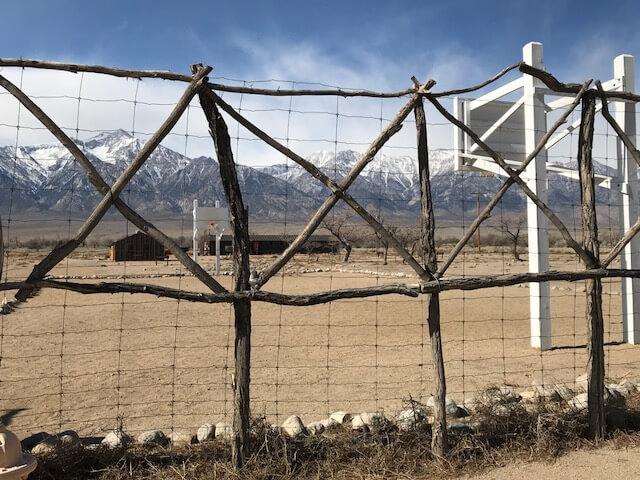
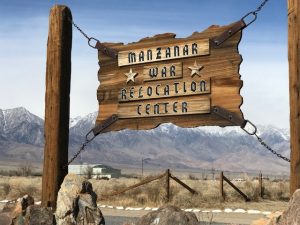
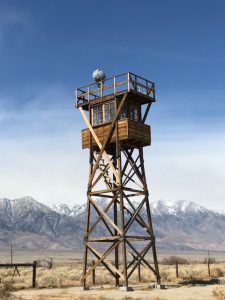
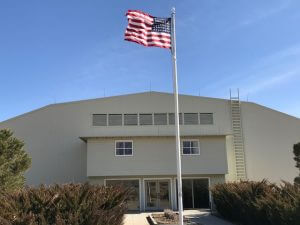
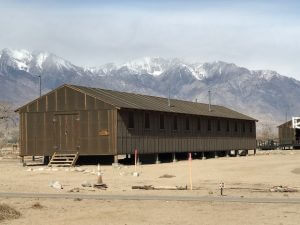
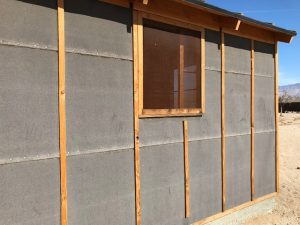
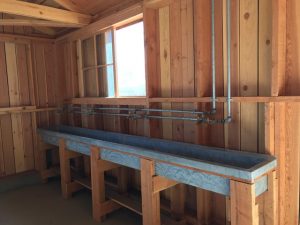
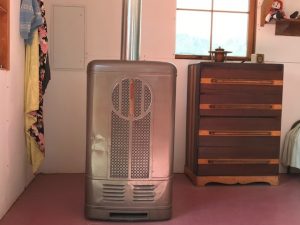
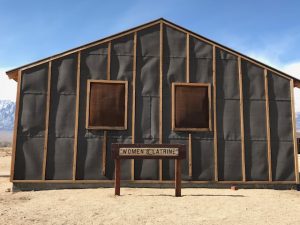

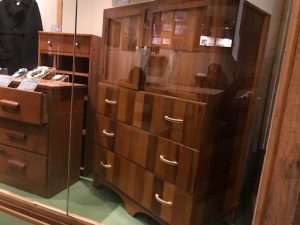
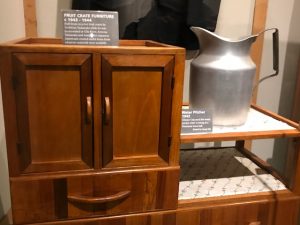

Thank-you for writing this timely piece. People believe many falsehoods to support their prejudices.
Scary, isn’t it, Liane.
Thank you for sharing this, another well written travelogue with terrific images.
My Uncle Frank (Takeo) immigrated from Japan, in 1905, but fortunately lived in Indiana in 1942 and was only required to register with the sheriff. Also, their radio and knives were temporarily confiscated. The xenophobia that ensued really affected him and they became Quakers. I wrote a blog post about him a few years ago.
Nicely done. It would be hard enough to see Auschwitz, but to truly consider that we had concentration camps, too… Never forget.
Well, done, Nancy. Good work.
Thank you for this. We must not let a false narrative divide us and breed hate again.